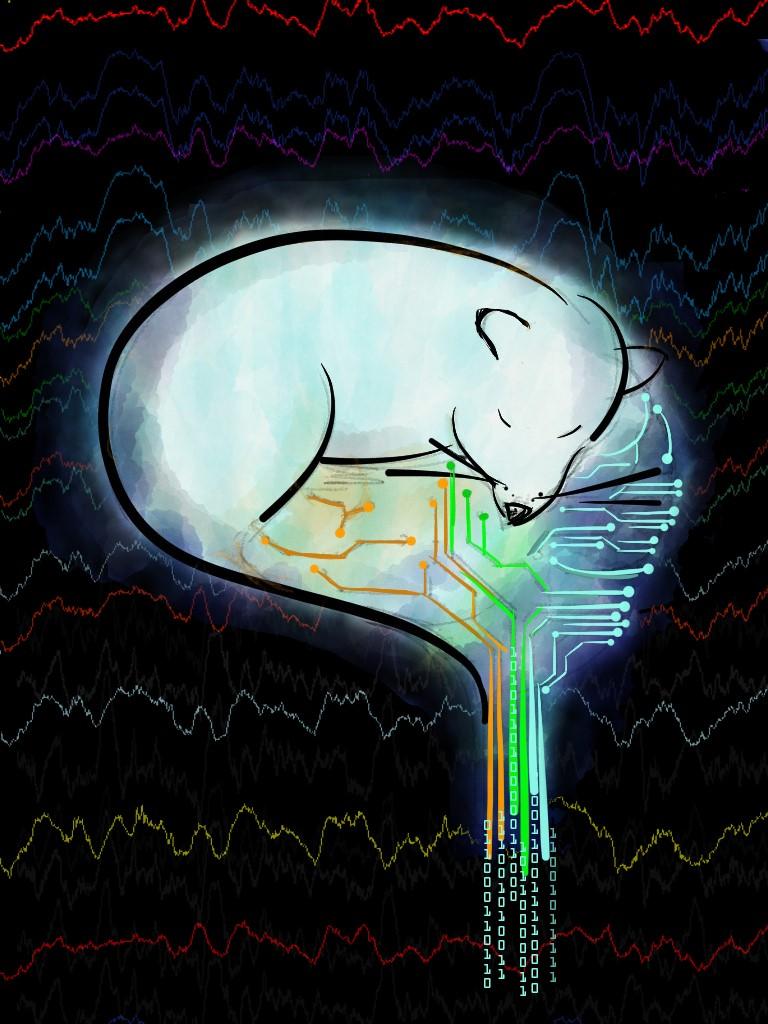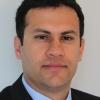Abstract:
Systems consolidation – a process for long-term memory stabilization – has been hypothesized to occur in two-stages. Whereas new memories require the hippocampus, they become integrated into cortical and subcortical networks over time, making them independent of the hippocampus. Here, we use a skill learning task to monitor the dynamics of cross-area coupling during Non-Rapid Eye Movement Sleep (NREMS) along with changes in primary motor cortex (M1) representational stability. Our results indicate that precise cross-area coupling between hippocampus, medial prefrontal cortex (mPFC) and M1 can demarcate two distinct stages of processing. We specifically find that each animal demonstrates a sharp increase in mPFC and M1 sleep slow oscillation (SO) coupling with stabilization of performance. This sharp increase then predicts a drop in hippocampal sharp-wave ripple (SWR)-M1 SO coupling – suggesting feedback to inform hippocampal disengagement and transition to a second stage. Notably, the first stage shows significant increases in hippocampal SWR-M1 SO coupling in the post-training sleep and is closely associated with rapid learning and variability of the M1 low-dimensional manifold. The second phase is associated with steady reductions in representational variability (manifold consolidation). Our previous work suggests that longer-term interactions between M1 and the dorsolateral striatum may be important for the second phase of manifold consolidation. We thus find evidence for dynamic subcortical-cortical dialogue associated with manifold exploration and consolidation during skill learning.

Image by Chelsea Wong
Biography:
Karunesh Ganguly MD, PhD is a neurologist and scientist at UCSF and the San Francisco VA Medical Center. He graduated from Stanford University and then completed his MD/PhD degrees through the Medical Scientist Training Program at UCSD. Concurrent with his residency at UCSF, he conducted research into the development of ‘Brain-Machine Interfaces’ in the Department of Electrical Engineering at UC Berkeley. He is currently the Director of the Neural Engineering & Plasticity Lab at UCSF. The laboratory’s research program focuses on the development of neural interfaces to augment neural recovery. A key related focus is to understand how activity dependent processing drives new skill learning and recovery of motor function after stroke. This includes understanding how activity across multiple timescales, both during task learning and during offline periods, drives learning and consolidation.
